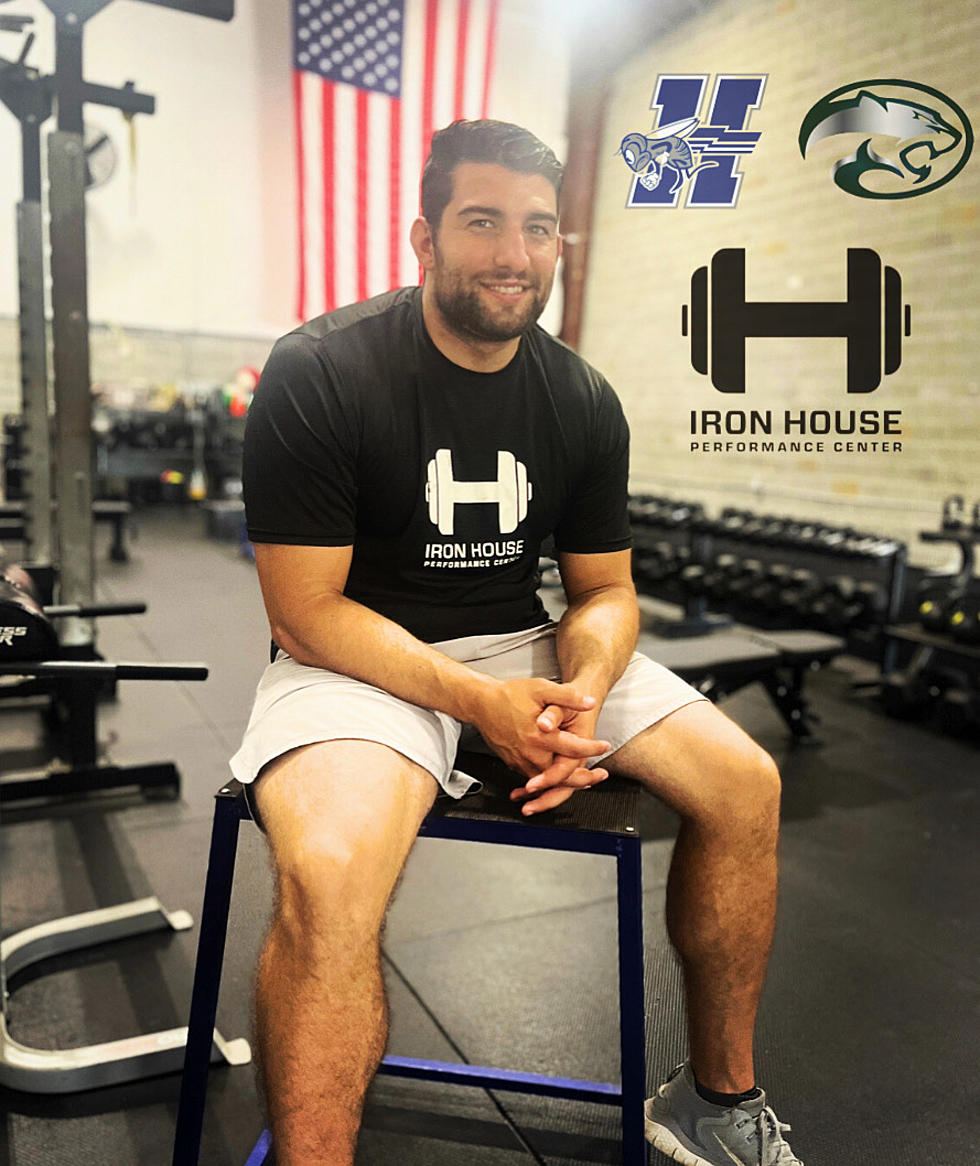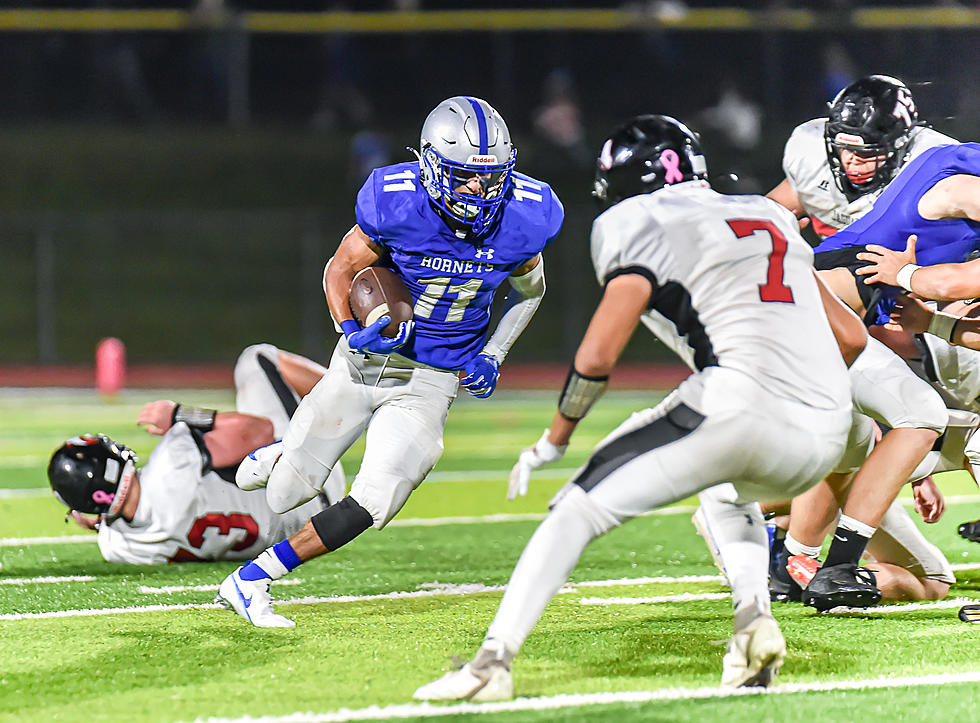
How Specific is Too Specific? “An Intro to Sport Specific Skill Training”
How often do you scroll through Instagram or Tik Tok and see drills that look cool and you say to yourself “wow I need to do this.” For example, a wide receiver standing on a bosu ball with one leg and having to catch multiple tennis balls; or the linebacker that has an excessive amount of band tension around their knees and required to run over tens of hurdles laterally; or the running back that has a partner pulling a band behind them while he’s doing an icky shuffle and jumping over hurdles while dodging miscellaneous gym equipment.
Are these drills bad? It’s not bad in the sense that as performance coaches we must acknowledge the importance of being able to decelerate as a receiver while objectively trying to catch a ball, or run laterally as a linebacker to track down their opponent, and or have the ability to dodge defenders as a running back. However, what makes these drills bad is the age of the athlete its being prescribed too (14/15-year-olds), the current training skill of the athlete (limited motor skill competency), the numerous amounts of variables involved in the drill, and the impractical complexity of the drill which will ultimately have limited or no transfer to on field performance.
When I see videos like this I always ask myself, what’s the goal of this drill or activity? If we were to ask multiple coaches who implemented these drills what the goal is, most common answer we would hear is “Sport Specific”; some coaches might also say speed work, or agility training. Sport-specific training refers to a type of training regimen that is specifically designed to enhance the performance of athletes in a particular sport. It involves exercises and drills that mimic the movements, demands, and skills required for that specific sport and or position within the sport.
All these qualities mentioned previously are important in being a successful athlete however what metric are you measuring to ensure that its effective? Is it really “speed” training when the athlete is being held back by bands forcing them to run at a slower or submaximal speed with inconsistent ground strikes? Do coaches really understand what agility training even is? Agility is a rapid whole-body movement with a change in velocity or direction in response to a stimulus. This is the reactive component in which us performance coaches progress towards with our athletes because it’s the most common quality demonstrated in field/court sports.
A drill becomes less reactive or limited when the athlete has to consciously account for all the obstacles, they have to run over with band tension and then at the end of the task they have make a cut or a jump off the coach’s movement. The point being the only part of agility being worked on is at the near end of the drill for less than 1 second. If that’s your goal, remove all the other unnecessary constraints and do a more specific task that saturates the quality of agility.
An additional question that comes to mind when I think deeper about seeing these drills is what progression did the coach do to get to this level or stage of complexity of such a specific demand within a task? Often times these flashy videos you see on social media are the later progressions of drills that took months or even years to build up to. It is likely that the young new trainer or athlete who sees the drill is unaware of how it was progressed and decides to add it into his workout on the first day of field work. This is now exposing the athlete to a higher risk of failure because they didn’t take the requisite steps the originator of the drill took with their athletes to ensure proper execution. Chances are the drill won’t be performed the way it was intended, therefore limiting the amount of transfer the athlete will see to their sport performance.
Have you ever watched the types of athletes that are performing these drills with adequate skill? It’s because these are the top tier, the best of the best, professional athletes. Not saying we shouldn’t strive to be like them however there is a level of motor skill acquisition required. Motor skill acquisition is the ability to coordinate and execute fundamental movement skills that comprise of multi directional speed and agility performance. The best athletes are equipped with the skill to know when to reduce, increase, and redirect momentum in an intended direction. An additional case we can make for the high-level athletes you see doing these crazy drills; it isn’t actually making them better, a major contribution and reason why they are where they are is purely because of their genetics. You can almost throw anything at these athletes and they will see progress, including most of the wild examples listed in the beginning of this article.
Prior to jumping right into high intense agility training, there is standard of skills that an athlete needs to possess prior in closed-chain change of direction drills. Change of direction training is pre-planned, no reactive element involved, meaning the athlete knows exactly when, where, and what strategy is needed to complete the task. Trainers don’t recognize or value the importance of skills that can be attained in closed-chain change of direction drills; there focus is too aroused on making everything specific to game play. As performance coaches we need to consider that athlete can acquire the prerequisite position, have the ability to change their level, rotate, turn through their axial skeleton, and be able to absorb and redirect force in a specific direction.
So where’s the starting point and how do we progress to high level reactive drills?
As a performance coach, it starts with having a principle-based approach to what is valued in COD/Agility training and identifying what you want to accomplish. Lee Taft provides a model for multidirectional speed that will dive into very specific approach of layering progressions. We are going to provide a basic approach of learning how to shuffle.
· Shuffle to one side while decelerating appropriately
· 2 Shuffles to one side and 2 shuffles back
· Continuous 2 shuffles right, 2 shuffles back for 10 Seconds
· 4 Cone shuffle drill coach’s point, shuffling to a specific cone reacting off the coach
· No Cone, continuous shuffle, reacting on which way coach is pointing for extended period of time
Mastery of sports technique is impossible without good movement coordination. It takes years of development in training to execute these fundamental movement skills at a high level, however being exposed to these movements at a young age will benefit and aid in the process. These fundamental movements include crawling, rolling, marching, skipping, squatting, lunging, shuffling, jumping, landing, cutting, and sprinting. These are a wide variety of foundational movements that can develop a number of fitness and skill-related components like flexibility, strength, balance, rhythm and coordination.
Little Joey a wide receiver in 8th grade should not be worried being able to balance one leg on a bosu ball, with someone pulling him with a band from the side while concentrating on catching a football. At that age, there should be more of an emphasis on proper sprint mechanics, introductory exercises to cutting and jab step variations to teach how to get in and out of cut. This will have much better transfer to running routes as receiver in addition overall athleticism.
How effective are the drills now given the information provided above?
The information being provided here is as young high school athletes and trainers, we can’t just go on YouTube and search “NFL linebacker drills to make more tackles” or “NFL receiver drills to score more TDs” and expect to achieve the same output because everyone comes from a different starting point. I am all for putting athletes in various positions to challenge the ability to react and perform a certain skill but not at the risk where it can reduce performance or have limited transfer.
As a trainer or performance coach before we just categorize drills and exercises based on athlete’s position there is much more to take into consideration. If you had the opportunity to read our previous post “Wired by Design: Unveiling How Your Structure Shapes Strengths and Weaknesses” it takes a deeper a dive into an athlete’s genetic structure. We can have two receivers one built like DK Metcalf and the other built like Cooper Kupp, or two running backs one built like Derek Henry and the other built Christian McCaffrey. Can we respect the difference in body types of two players that play the same position and both play at a really high level displaying different super powers? Now knowing this information would you still do same drills because they play same position or maybe think about taking a more individualized approached and implement exercises based on their structure, playing style, etc.
Training regimens are designed to be specific and goal oriented. We need to take a step back from trying to be so sport specific and be more quality specific (speed, strength, flexibility, power, endurance). Underneath quality specific, it starts with athletes being proficient in the foundational movements of training (Skipping, Shuffling, Jumping, Cutting, Landing). I hope this article brings awareness to athletes and trainers to view change and direction & agility training through a different lens in respect to the numerous amounts of variables that we discussed.
Written by: Anthony Dorsi, Ironhouse Performance Center
copyright 2023 Ironhouse PC
More From Shore Sports Network









